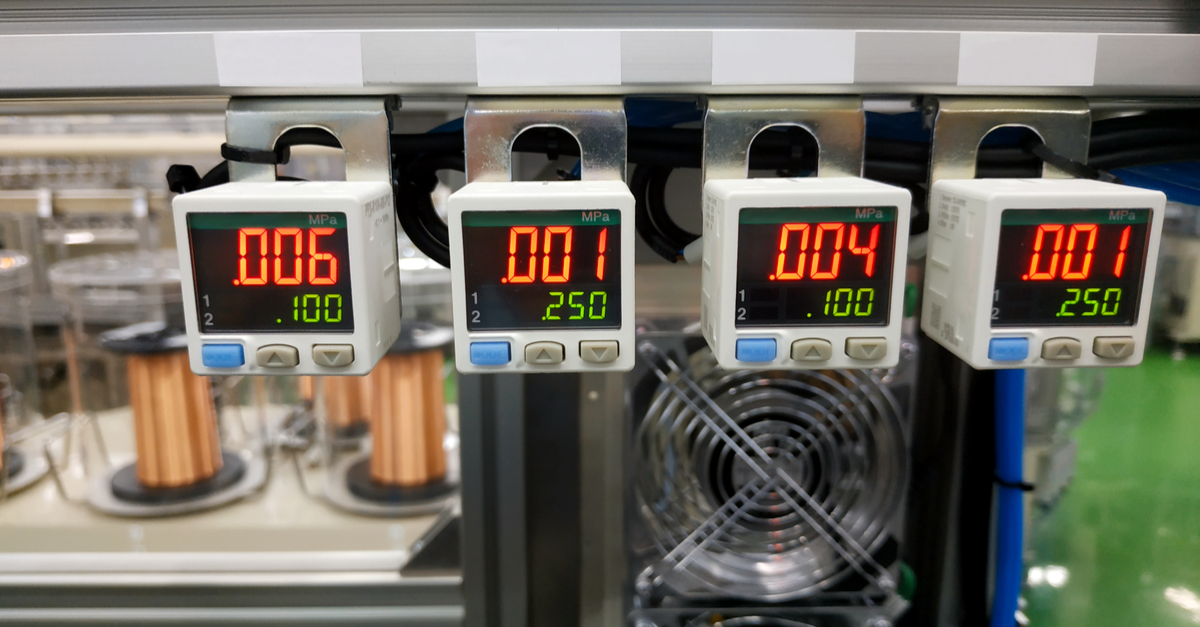5 min read
4 min read
From BOPIS to the Last Mile: Meeting the Holiday Demand
Samantha Kalany : Nov 20, 2023 4:38:37 PM
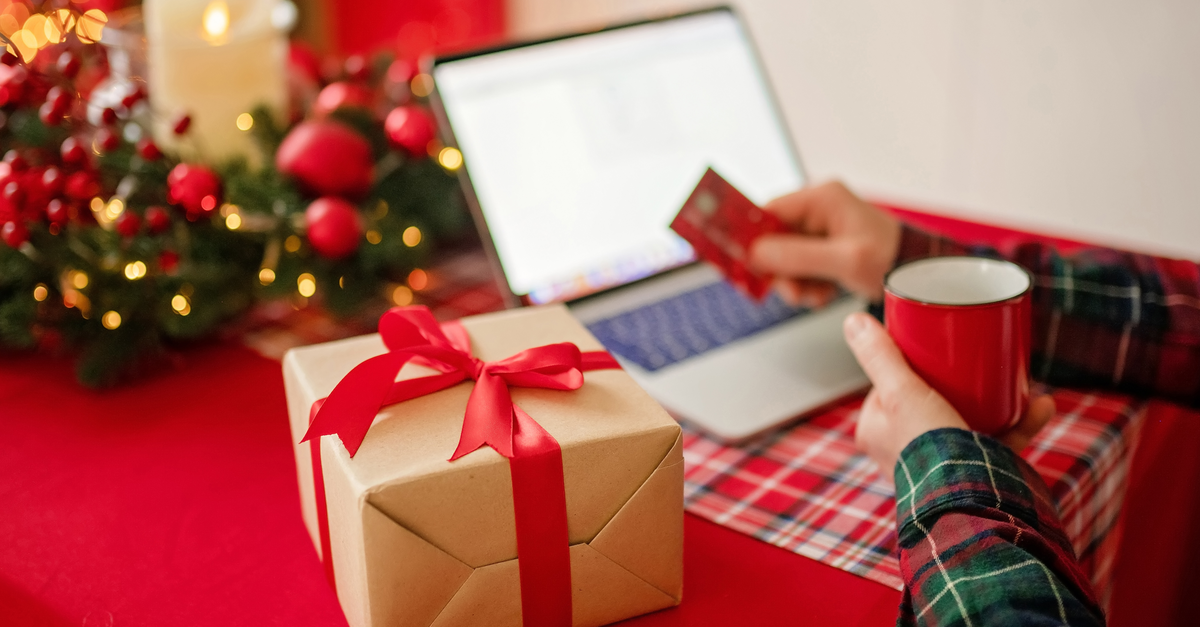
It’s the most beautiful time of the year… the bumper-to-bumper traffic on the way to the shopping malls and the back-ordered, highly sought-after gifts are a common trend once the holiday gifting season rolls around at the end of the year. Add the current supply chain backup into the equation, and retailers and supply chains alike will find that their existing consumer base is getting antsy to receive their orders as we head toward December.
Online shopping rates were already heightened due to the pandemic and shoppers being prone to complete transactions from the comfort of their homes. According to research from Radial, 23% of shoppers expect to receive their holiday orders within two to three days, compared to the 14% who held those expectations a year ago. Fortunately, retailers know this notion and have started accelerating their fulfillment options, including using multiple warehouse locations, micro-fulfilling, and even the ship-to-home, curbside pickup, and in-store pickup options highlighted during the pandemic’s peak.
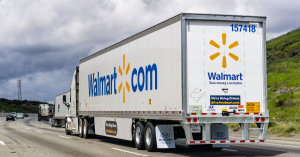 Larger retailers like Wal-Mart have introduced their delivery services, promising same-day delivery directly to their customers’ front doors. Smaller businesses, however, don’t have that crutch to depend on and are used to relying on third-party logistics companies and other couriers to deliver their products. These companies are feeling the added-on stress of the holiday season due to the pressures brought on by last-mile delivery, especially multiplied by the rising cost of goods coming into the country in the middle of a supply chain slow-down, with chaotic delivery window expectations at the top of the pyramid. Many wonder how retailers can best capitalize on their delivery efforts to keep their businesses afloat and make their customers happy.
Larger retailers like Wal-Mart have introduced their delivery services, promising same-day delivery directly to their customers’ front doors. Smaller businesses, however, don’t have that crutch to depend on and are used to relying on third-party logistics companies and other couriers to deliver their products. These companies are feeling the added-on stress of the holiday season due to the pressures brought on by last-mile delivery, especially multiplied by the rising cost of goods coming into the country in the middle of a supply chain slow-down, with chaotic delivery window expectations at the top of the pyramid. Many wonder how retailers can best capitalize on their delivery efforts to keep their businesses afloat and make their customers happy.
Back to the Days of Pandemic Consumerism
Returning to the middle of the pandemic season, retail shops were looking for the best ways to put products directly in the hands of their consumers. Though thought to be too futuristic for its time, BOPIS, Curbside Pickup, and Expedited Delivery options were popular amongst those who desperately needed to collect their items. To make these programs more successful, it’s wise to pull more inventory into their physical shop locations to shift interest away from online shopping to in-store pickup outlets. This isn’t an option for everyone, but it’s a way to steer some of the chaos away from one section.
Read More on TEConnect Portal: BOPIS is the Consumers’ Dream Come True
Analytically, data sets can help retailers make the most of that inventory based on their shipping capacities, in and out of the holiday season. A better glimpse of which items will be sold in specific regions before the holiday season starts will allow them a leg up on the competition. Such data should be communicated amongst team members accordingly to handle the workload influx and keep everyone in the know-about for which orders have been delegated for in-store pickup or online delivery.
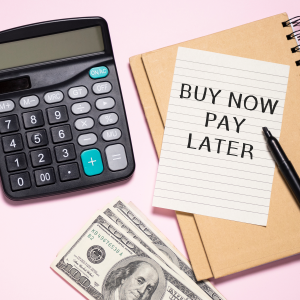 Online shopping numbers are increasing, and globally accepted virtual/digital payment methods are helping to ease the direct impact on conversions and revenue to assist with this presence. Buy-Now-Pay-Later (BNPL) is the projected “future of shopping,” it’s been found to benefit not only consumers but everyone else in the cycle.
Online shopping numbers are increasing, and globally accepted virtual/digital payment methods are helping to ease the direct impact on conversions and revenue to assist with this presence. Buy-Now-Pay-Later (BNPL) is the projected “future of shopping,” it’s been found to benefit not only consumers but everyone else in the cycle.
BNPL is a surefire way to boost additional sales and upkeep with customers from now on. By allowing customers to complete a purchase transaction in a series of interest-free installments, the concept of shopping at said store is more appealing to customers, removing the pain of making one big purchase. Though this method isn’t new by any standards, for this pattern seems reminiscent of credit card payments, this option teaches younger generations to be more financially responsible with their funds. In the case of the Holiday season, these scenarios are similar.
Implementing Last-Mile Efforts
Seeing as how, during the last-mile, all of the stops have been pulled out to ensure that the process went as smoothly as possible and that the customer received their order in the best way possible, it’s crucial that this moment, whether it be a few hours or even a day’s worth of delivery, is properly tended to. In the best delivery scenario, last-mile efforts will work to chart out the most logical and optimal route, helping drivers combat any roadblocks and errors along the way. Route optimization can alert to any upcoming accidents, slowed traffic, available parking spots, a vehicle’s load capacity, and projected delivery windows to be expected.
Read More on TEConnect Portal: Maximizing Visibility Throughout the Supply Chain
With last-mile delivery, as sophisticated as it’s become, customers can track the last stages of its route once the package gets past a certain point. Often, these ETAs can be exaggerated or set back because of traffic congestion or weather conditions playing into their accuracy. Last-mile technology, such as real-time location tracking metrics, can be communicated to one of the receiving ends and also the delivery company so they can keep tabs on performance evaluations. Such completions add a greater sense of visibility into the equation, cutting back on costs and, more remarkably, providing companies greater control over where and when their packages are being delivered.
Electric Vehicles (EVs) are no stranger to the scene, for many manufacturers have already sent their versions of the consumer car through to the assembly line. Still, from a delivery perspective, this is likely to be the new normal for short-form delivery routes. 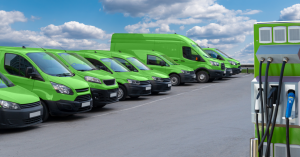 Many College campuses already offer this in the place of food delivery specialists, where these insulated, motion-sensitive vehicles map out their paths to willing customers to deliver their pizza or submarine sandwich in just a few moments. In the heat of COVID-19, this was the best option for limiting person-to-person contact, for these robotic vehicles were sanitized after each trip and just as efficient. According to McKinsey & Company, the projected thought is that as automotive technologies advance, medium to large-sized trucks will also hop on the EV trend, calling for a much broader need for “fuel” or charging stations in this instance.
Many College campuses already offer this in the place of food delivery specialists, where these insulated, motion-sensitive vehicles map out their paths to willing customers to deliver their pizza or submarine sandwich in just a few moments. In the heat of COVID-19, this was the best option for limiting person-to-person contact, for these robotic vehicles were sanitized after each trip and just as efficient. According to McKinsey & Company, the projected thought is that as automotive technologies advance, medium to large-sized trucks will also hop on the EV trend, calling for a much broader need for “fuel” or charging stations in this instance.
It’s all one extensive system. Retail and the Supply Chain are all connected. With the emergence of new technologies such as Electronic Vehicles and even Drone-based delivery systems, the market will only continue to evolve as the days go by. With that notion in mind, VARs can always benefit from having these conversations with their customers now and even after such technologies break ground in their world to prepare them for the world we will all be living in shortly.
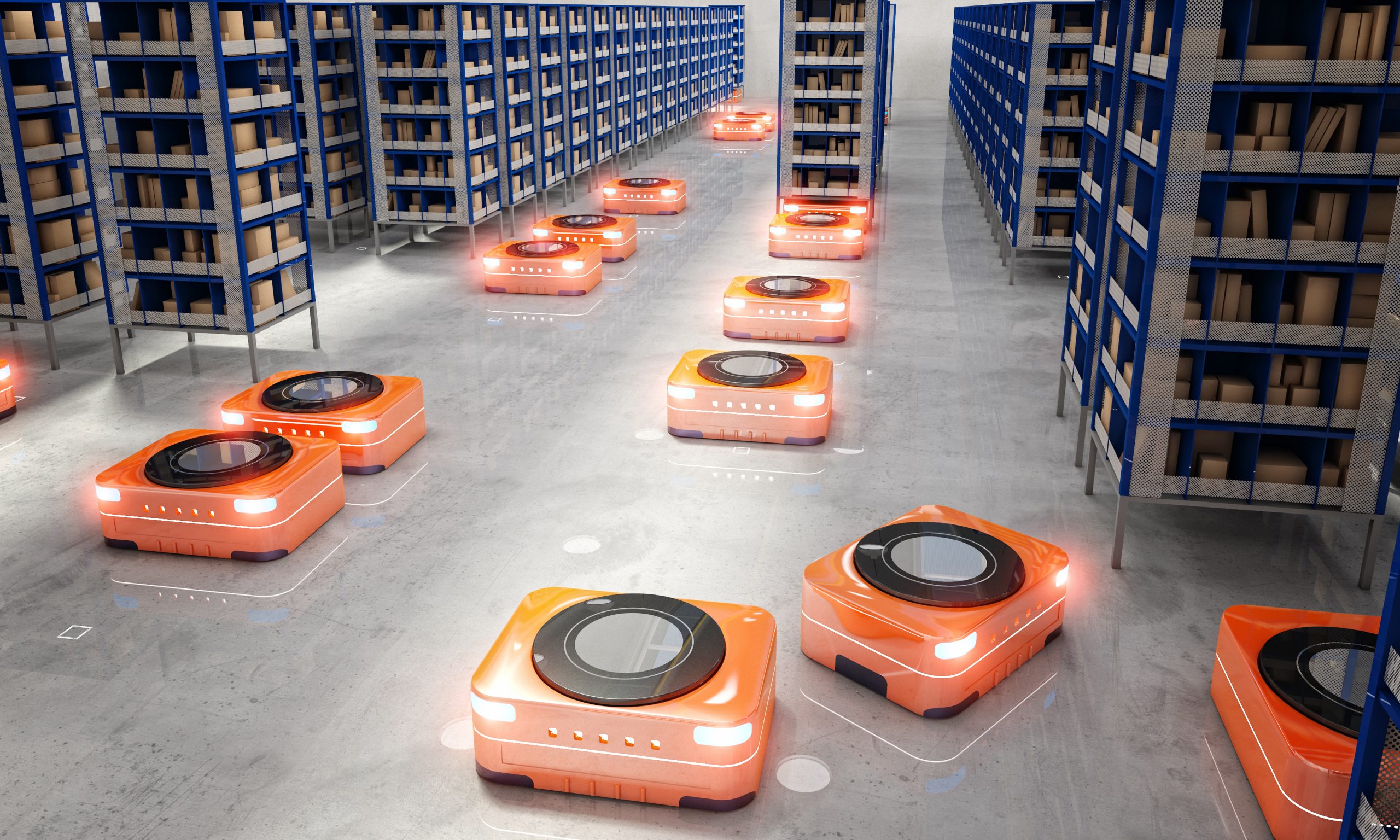
3 min read
Warehouse Robots Clocking in for their Shift
Estimated reading time: 2 minutes
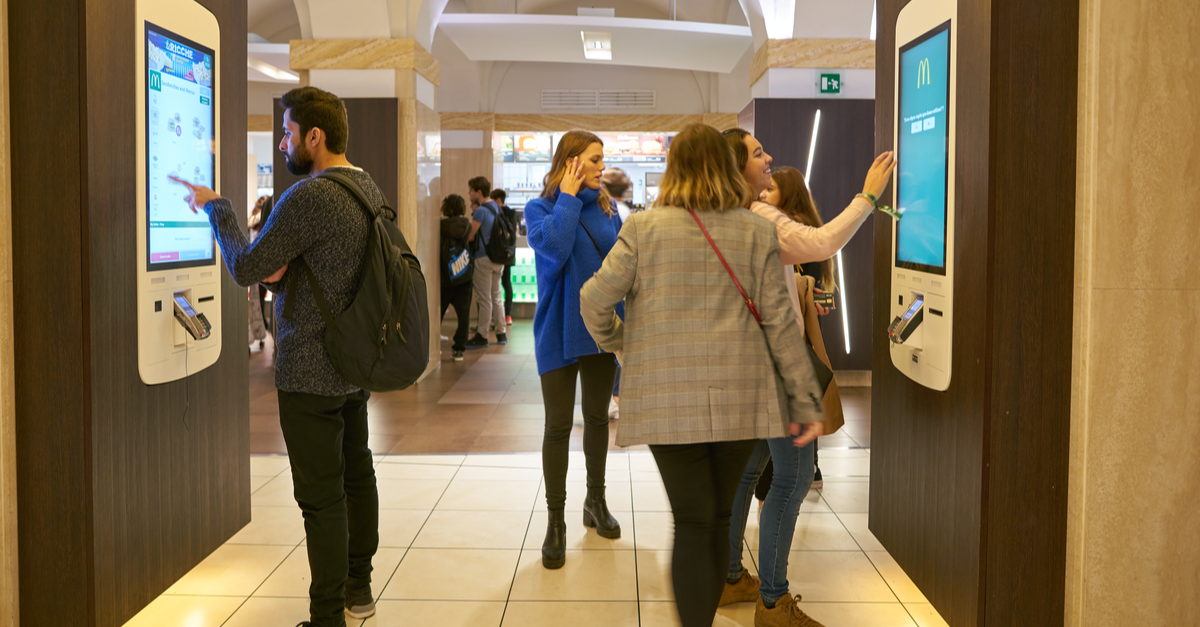
6 min read
The State of Self-Service Kiosks
Isn’t it wild to think about how the COVID-19 Pandemic will be a distant memory one day? Though we are long from identifying with that fact, much...

